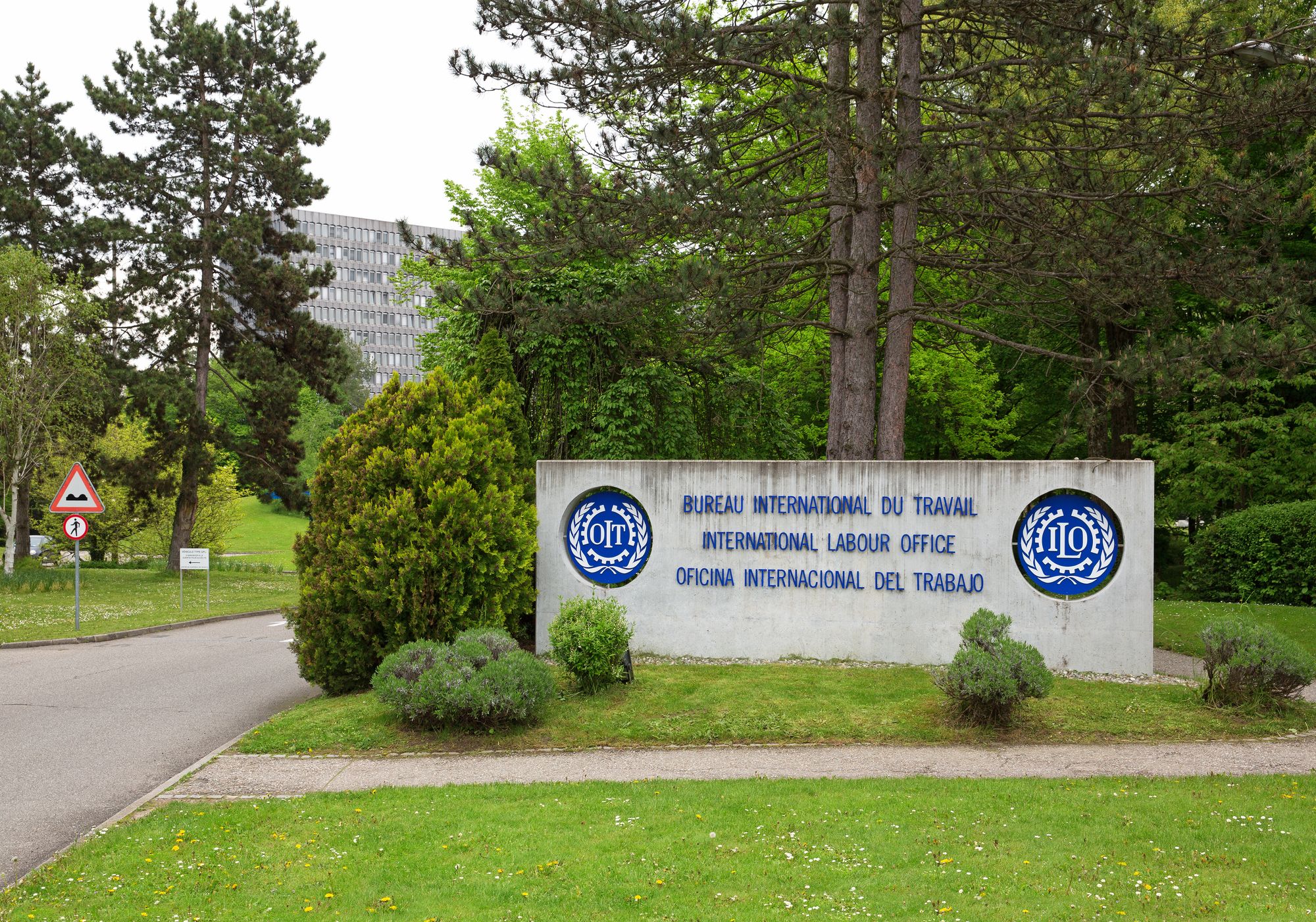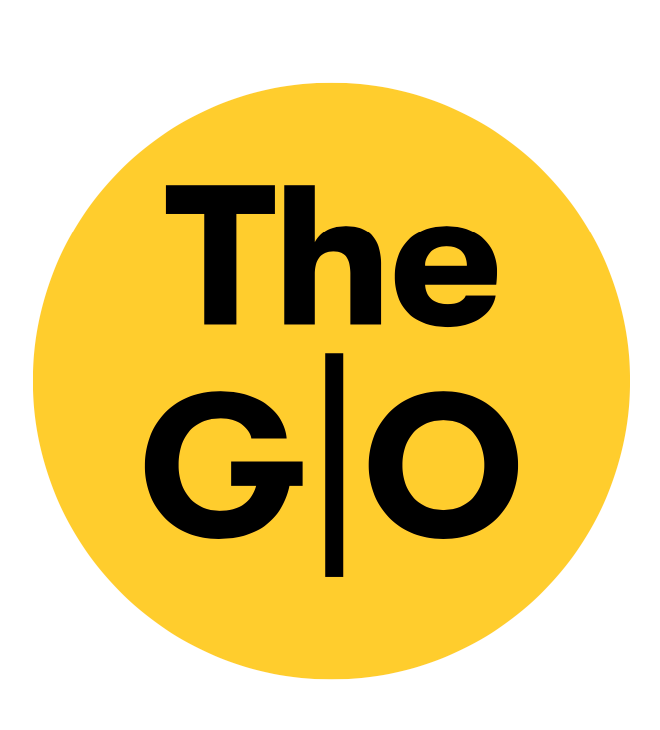#150 The G|O Briefing, September 14, 2023
Exclusive: Showdown at the ILO over the right to strike | A new stage for Zelensky's peace plan at the HRC | Recommended reads
Today in The Geneva Observer, an exclusive story on the Employers and Workers at the International Labour Organization (ILO) battling it out to settle once and for all the thorny and long-unresolved question of the right to strike. In an unprecedented move, supported by 34 governments, the Workers now demand that the International Court of Justice, the UN’s highest court, rule whether the right to strike is a labour right or not. The world of work is shaken, the ILO caught in the middle. The fate of hundreds of millions of workers around the world could be affected. “Very tense,” is how a source describes the situation at the UN’s specialized organization.
We also reveal that in an effort to find another platform on which to present Volodymyr Zelenskiy’s 10-point peace plan, this time focusing on its human rights provisions, Ukraine and its Western allies are putting together a major side-event at the Human Rights Council. Ukraine’s main financial backer, the US, is not directly involved in the organization but tells the G|O through its mission here that it “strongly supports continued focus at the HRC and other international bodies on Russia’s human rights abuses, war crimes and crimes against humanity in Ukraine.”
Exclusive: Showdown between Workers and Employers at the ILO: Workers and 34 Member States are asking the Governing Body to call upon the International Court of Justice to rule on the right to strike; Employers are accusing the ILO of partiality
Is the “right to strike” a fundamental labour right or not? Long-simmering and acrimonious discord on this question is boiling over at the International Labour Organization (ILO). The G|O can reveal that with the support of 34 Governments, a request by the Organization’s Workers’ Group to call upon the International Court of Justice (ICJ) to rule on the right to strike has been sent to the ILO’s Director-General Gilbert Houngbo. The outcome of what is shaping up to be a long and arduous procedural and legal process, should the ICJ become involved, could have an impact on hundreds of millions of workers around the world. It could also determine the future of the ILO itself as the world’s labour standard–setting body. If the ILO’s Governing Body—the UN agency's executive board—decides to refer the matter to the Hague-based ICJ—not to be confused with the International Criminal Court—it will only be the second time in its 119-year existence that the Organization has requested an advisory opinion by the Court on the interpretation of an internal labour convention.
The request over the right to strike, which includes historical references to the ILO’s long history, was sent to the ILO’s Director-General on July 12, 2023, by the Workers’ Group. “One hundred years after the landmark advisory opinion No.1 of the Permanent Court of International Justice on the nomination of the Workers delegate [at the International Labour Conference],” the letter says, “the Organization should not hesitate to place once again its trust and confidence in the World Court.”
For decades now, the right to strike has been one of the most contentious issues at the ILO, whose tripartite governance of Governments, Workers and Employers is unique in the UN system. After years of unsuccessful attempts to settle the matter internally, the Governments supporting the Workers’ group are now determined to put a definitive end to the dispute and settle the matter once and for all, before the ICJ, the UN’s highest court. The ILO Member States requesting a referral to the ICJ fear that without legal clarity, the longstanding schism will terminally erode the ILO’s credibility and negatively impact its ability to implement labour standards, de facto reducing the UN labour body’s relevance and influence. An ICJ advisory opinion on the question would be binding on all ILO Member States.
The long-festering discord has exploded into the open with a letter sent by Director-General Houngbo on August 31, 2023, to all the organization’s Member States, informing them of his decision to call for a special meeting of the Governing Body during its 349th session, due to open on October 30, to discuss a possible referral to the ICJ. The Governing Body is composed of 56 titular members: 28 Governments, 14 Employers and 14 Workers.
In diplomatic exchanges and communications obtained by The Geneva Observer, the governments asking for an urgent referral to the UN International Court of Justice—Argentina, Barbados, Brazil, Colombia, Iceland, Norway South Africa, and the EU—stress that “after more than a decade of failed attempts to find a solution, having legal clarity has become a matter of urgency.” They remind the ILO’s Director-General that repeated attempts by the tripartite constituents, including through social dialogue, have failed to overcome the longstanding dispute. Both the unprecedented request to refer the dispute to the ICJ and also the way the ILO has chosen to proceed have predictably provoked the ire of the Employers’ group, leaving the ILO leadership shaken by new strife at a moment when it is already facing some pressing challenges.

The highly complex legal issue revolves around the interpretation of ILO Convention 87, a foundational text which guarantees freedom of association and protection of the right to organize. Ever since its adoption in 1948, the ILO Committee of Experts on the Application of Conventions and Recommendations (CEACR), a highly respected independent body of legal experts, has taken the view that the right to strike is the logical corollary of Convention 87 and flows from it, even though the text makes no direct reference to it. The interpretation of the CEACR has been integrated into international and national jurisdictions. Freedom of association is also included in the 1948 Universal Declaration of Human Rights and the right to strike is explicitly referred to in article 8 of the 1966 International Covenant on Economic, Social and Cultural Rights.
Starting in the late 1980s, emboldened by the neoliberal revolution of the Reagan-Thatcher era, Employers increasingly questioned the CEARC’s view, challenging the supervisory body’s standing to interpret ILO Conventions. The tension around the right to strike erupted in a major clash during the 2012 International Labour Conference, bringing proceedings to a halt. Archives reveal that the International Trade Union Confederation accused the Employers of “trying to undermine one of the most effective human rights mechanisms in the human rights system.” The ILO, the Employers stated, “was facing a multifaceted crisis.” The confrontation severely tested the relationship of trust between the partners—and for many ILO watchers, it has never been rebuilt. A background document by the ILO on the dispute reminds its Member States that “the absence of any reference to the right to strike is the modus vivendi which has prevailed to date,” clearly indicating that the thorny question has long been left dormant. Until now.
Employers accuse the ILO of partiality
Several sources point to signs of the fraught relationship between Employers and Workers, referring to a recent accusation by the Employers of a lack of “neutrality and objectivity” from the ILO in what they consider an unacceptable coordinated attempt with the Workers at circumventing several procedural requirements needed to place an item on the Governing Body’s agenda.
For its part, the Workers’ group insists that despite multiple efforts of the tripartite constituents over many years to resolve the issue through social dialogue, no negotiated outcome has proved possible and there is no reason to believe that further social dialogue will or can break the impasse. Sources describe the current situation between the partners as “messy” and “very tense.”
All parties have until October 6 to submit their comments to the ILO’s Director-General.
-PHM
A new stage for Zelensky’s peace plan—the Human Rights Council
Ukraine President Volodymyr Zelensky’s peace plan will find a new audience at the Human Rights Council (HRC), The G|O has learned.
In an effort to keep the pressure on Russia and highlight the human rights aspects of its full-scale invasion of Ukraine, Kyiv is busy preparing a side event at the HRC. Side events offer governments and civil society a mechanism to present human rights violations in conjunction with the official agenda of the Council. For Ukraine and its Western allies, diplomatic sources in Geneva tell The G|O, it is imperative to keep the focus at the HRC and other international bodies on Russia’s human rights abuses, war crimes and crimes against humanity. “No crime should be left unpunished—and as of August 2023, Ukraine had registered more than 100,000 war crimes committed by Russian military in this war,” Kyiv claims.
The side event, whose final date has not yet been announced, will focus on two specific points of President Volodymyr Zelensky’s 10-point peace plan: Points 4 and 7.
Point number 4 calls for the release of all prisoners and deportees, including war prisoners and children deported to Russia. According to the Ukraine government’s official website, “Ukraine proposes the release of prisoners—‘all for all’—and the release of all children and adults who were illegally deported to Russia.” On March 17 of this year, the International Criminal Court (ICC) issued an arrest warrant for Russian President Vladimir Putin for an alleged scheme to deport Ukrainian children to Russia, writing at the time that there were “reasonable grounds to believe Mr. Putin bears individual criminal responsibility” for the alleged crimes. Victims of illegal deportation will testify during the side event and will bring evidence of the alleged crimes committed by Russia.
Point 7 of Ukraine’s plan proposes the establishment of a special tribunal to prosecute Vladimir Putin for the “crime of aggression,” a crime that cannot be prosecuted under the statutes of the ICC. “Hardly a day has passed in the years of Russian aggression without civilians being killed or injured by their shelling,” the plan states. “With every liberated part of the country, the world witnessed mass graves, torture chambers, and many more horrors of Russian occupation. That is why the Special Tribunal regarding the crime of Russia’s aggression against Ukraine has to be established. There is also a need for an international mechanism to make Russia compensate for all the damages caused by this war.”
The idea of setting up such a special tribunal was first floated in an op-ed in the Financial Times by renowned international lawyer Philippe Sands, four days after Russia invaded Ukraine on February 24, 2022. It rapidly gathered support from many Western capitals, despite the legal complexities involved in its creation.

Ukrainian and other Western diplomats in Geneva recognize that Volodymyr Zelensky’s peace plan failed to generate the mobilization Kyiv and the West had hoped for. For many emerging countries in the Global South, and for China, the plan fails to address what they consider a central point: the future relationship between NATO and the Moscow-Beijing axis. In May, Vladimir Putin dismissed the peace plan outright in a conversation with Brazilian President Luiz Inácio Lula da Silva, saying that accepting it would amount to “capitulation” by Russia.
On two recent occasions, the Ukrainian president has invested his personal political capital in trying to rally wide international support for his plan—and both times in vain. At the end of June, he presented it at a meeting in Denmark attended by national security advisors of around 30 countries, invited for a “frank talk.” India and China, however, made it clear they wouldn’t accept the closed meeting being turned into a platform for the plan, and insisted that no final communiqué be issued.
In August, the Saudi government organized a second round of talks, which included the US, the EU, Ukraine, and some emerging countries. They, too, predicated their presence on the guarantee that no final statement be released.
-JC
QUICK TAKES
UNGA
The UN General Assembly will gather in New York on September 18. For the best preview, follow the best guide: Richard Gowan, UN Director at the Crisis Group, tells you all you need to know here.
Speaking of the UN, no, it is not—by far—as climate neutral as it pretends to be. That’s the conclusion of an in-depth exclusive investigation by our colleagues and office neighbors at the New Humanitarian.

AI, still
You may have noticed that we have of late published a growing number of op-eds on the topic of AI. Until we can hire our own journalist to cover the topic—the paywall effect!—we will continue to do so. However, a research paper did catch our attention this week. It argues that the terms Open AI and Open Source are more empty marketing gimmicks than technical descriptors. But they do, the paper’s authors write, serve to ward off AI regulations. Worth downloading and reading, in our modest and personal opinion.
-PHM
That’s it for today. We’ll be back in your inbox on Sunday with a guest essay and again next Thursday with our regular Briefing.
Today's Briefing: Philippe Mottaz - Jamil Chade
Editorial assistance: David Jenny
Edited by: Dan Wheeler


